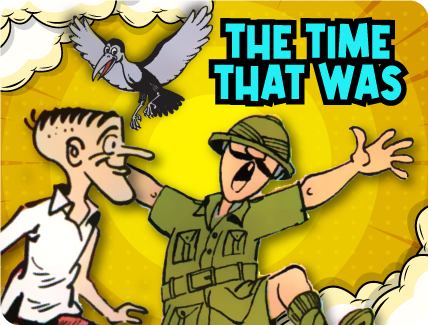

















Back then, everything from scriptwriting, editing and artwork (including sketching, painting and lettering) was done manually.
First, the scripts were handwritten. Then, the editors would use special symbols and notations to indicate changes to be made in the script.
Once the changes were incorporated, the script would reach the artist. There were both in-house and freelancer artists.
The artist would then make a rough sketch of the characters and background using light pencils on huge sheets of paper called quarter imperial paper, which was almost twice the size of an A4 paper. This served as a guide for the next stage—inking.
The artists used different equipment such as crow quill pens, felt pens, markers and brushes for inking. Special waterproof black ink was used for the process. They would dip the nibs in ink and trace over the pencil outlines. After the ink had completely dried up, any visible pencil outlines would be gently erased.
The freelancers’ artworks would reach the office via India Post. A tracing paper used to be pasted on the top edge of each sheet of art. This was used to mark corrections/ comments so the artwork remained untouched. Once the editorial team had gone over the artwork and the corrections were made, the pages could go for lettering.
Next, dialogues would be handwritten on the panels using lettering guides (a stencil with letters and premeasured lines and spaces for letters), T-squares (to align letters in a straight line), nib pens and correction fluid. The letterer would first lightly sketch the letters inside the text bubble to ensure that they fit without overflowing into the artwork. They would then go over this with ink. For sound effects (e.g.: BOOM, CRASH) they would create special dynamic shapes.
The lettered stories went back to the editorial team for proofreading. The letterer would correct any errors using whitening liquid.
These pages would then be photocopied onto a paper that was the size of the magazine. They were then coloured with photo ink that was long lasting and did not fade easily. Artists used a standard 24-colour palette to paint pages.
The completed stories along with the colour guides would then be sent to the printing press where the final product was made. Truly a labour of love!